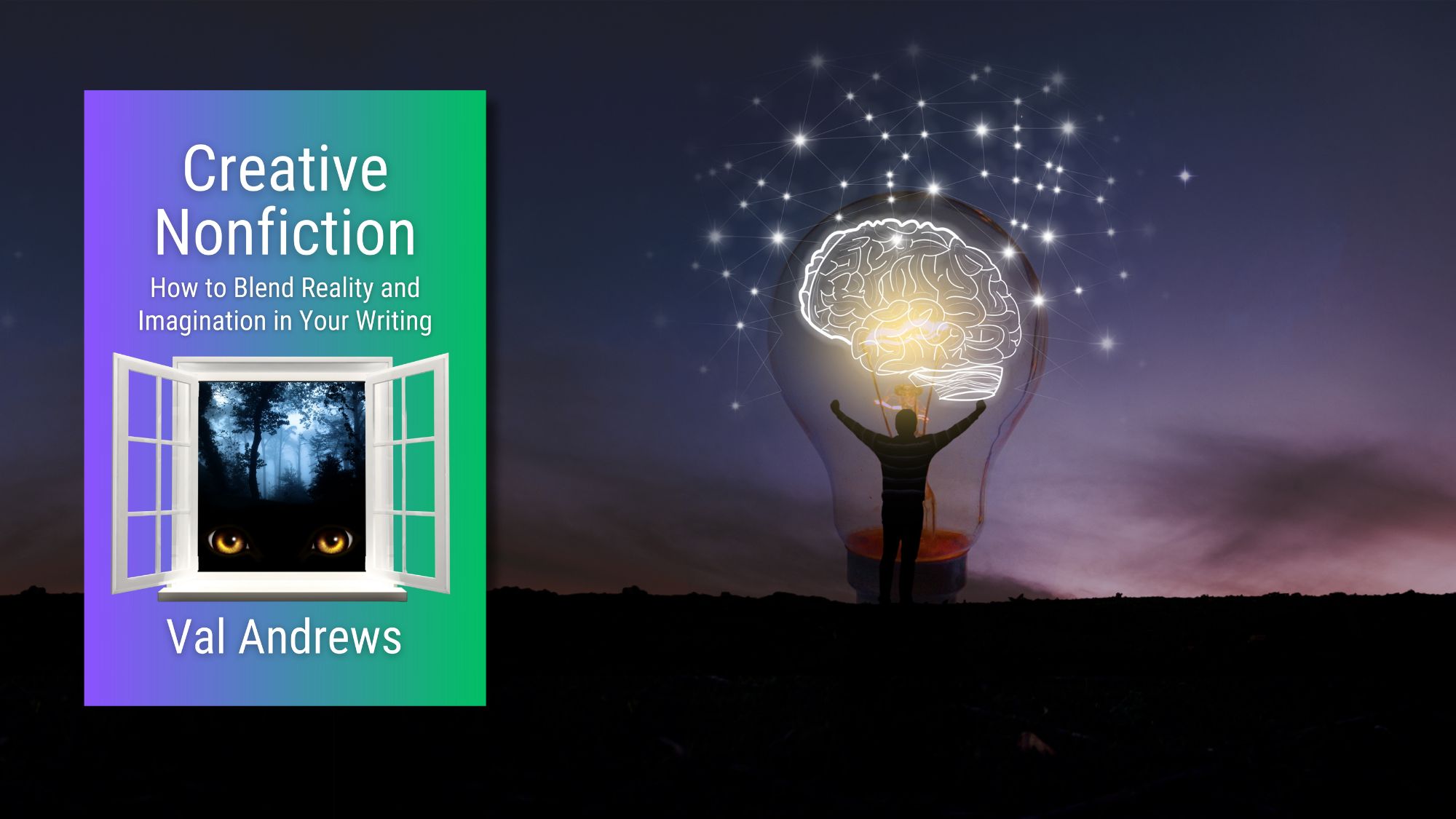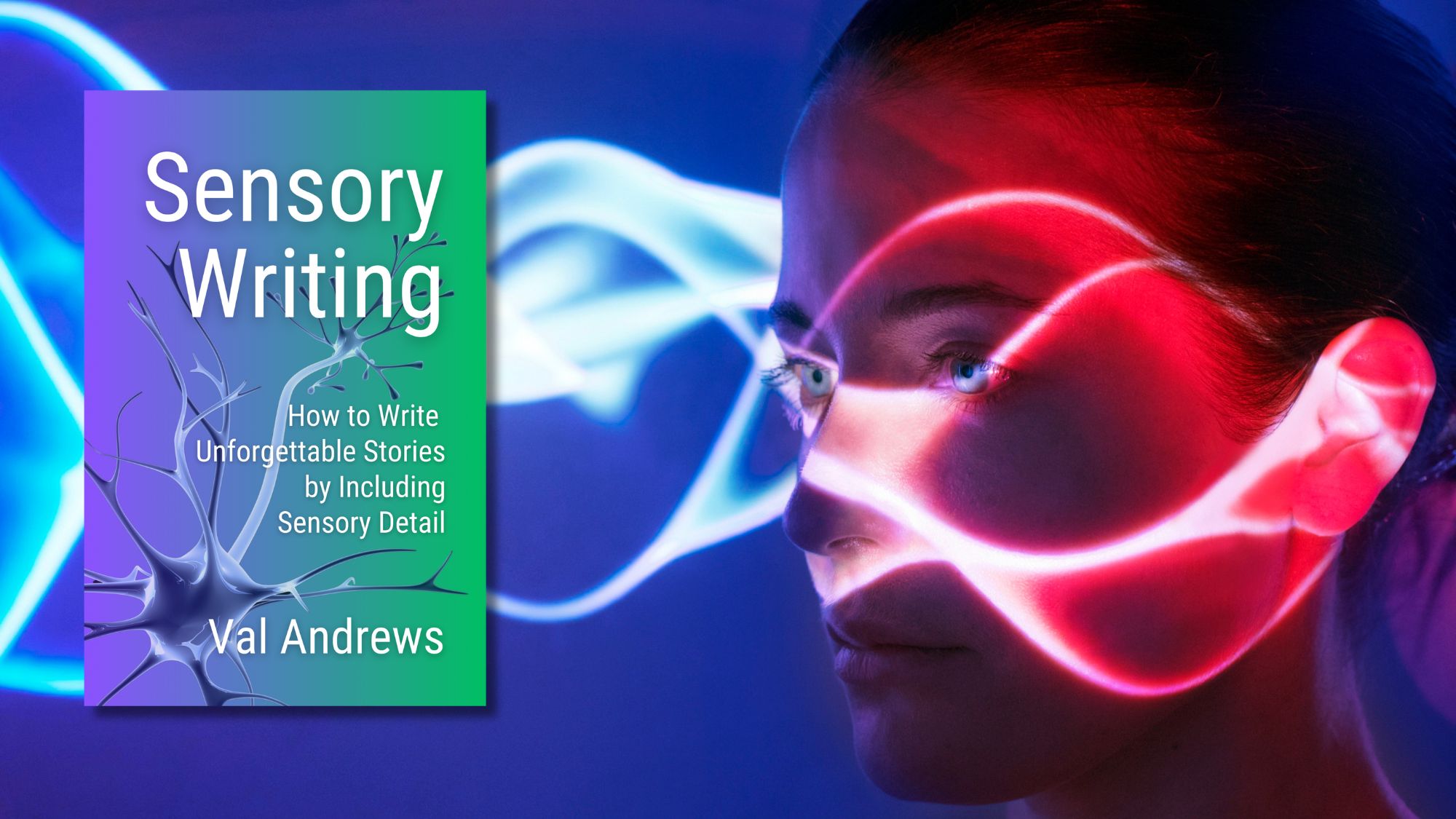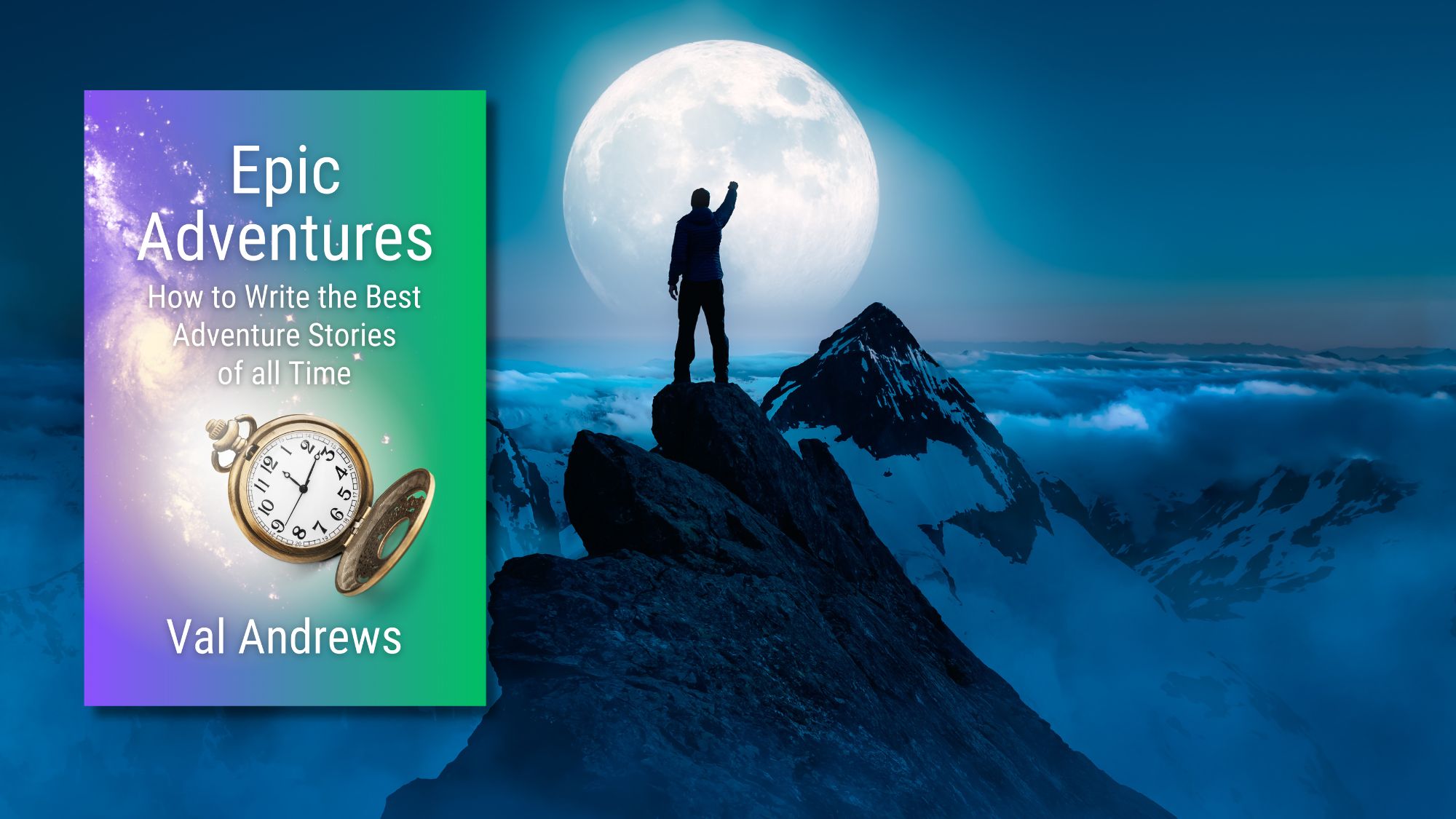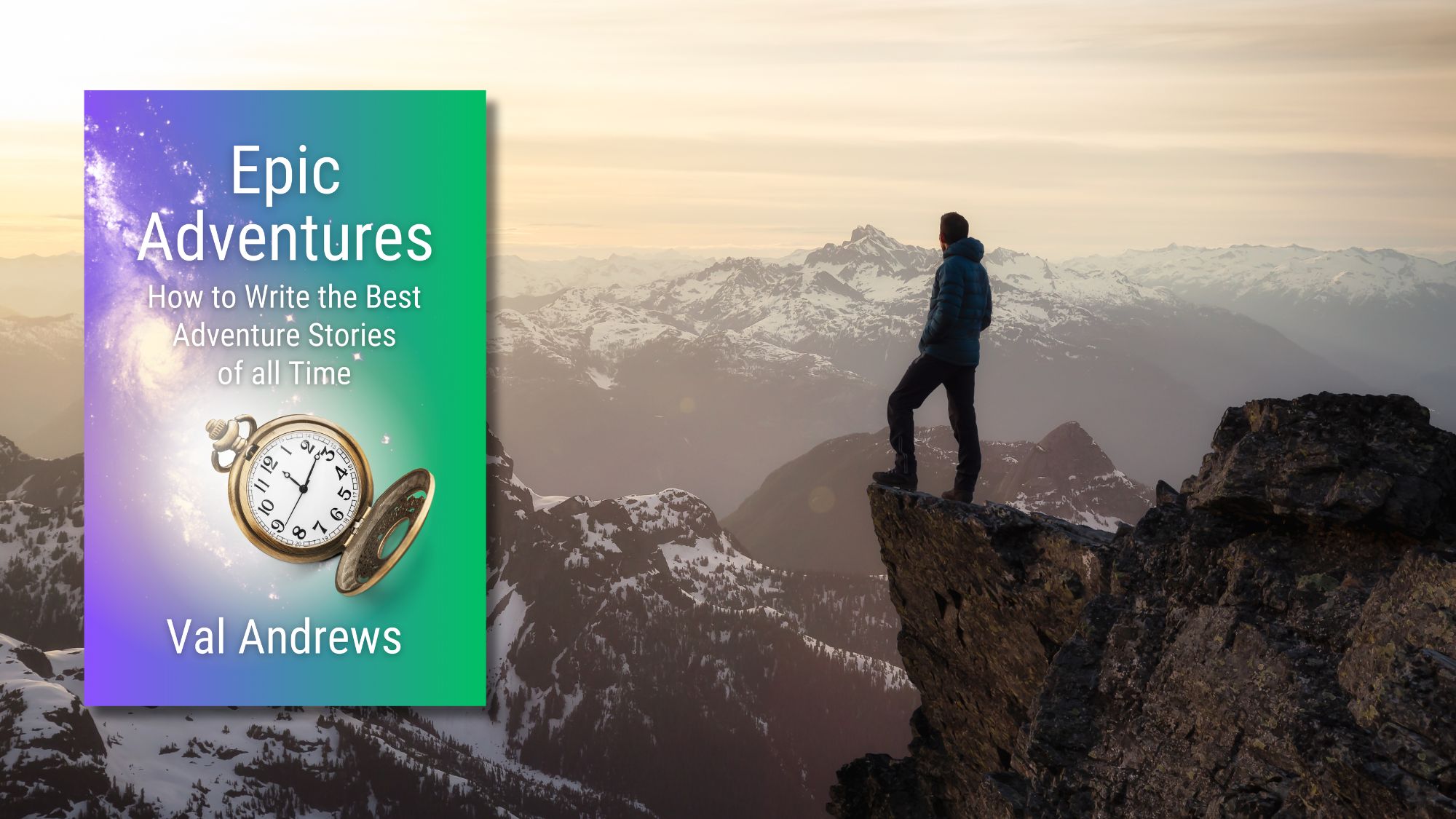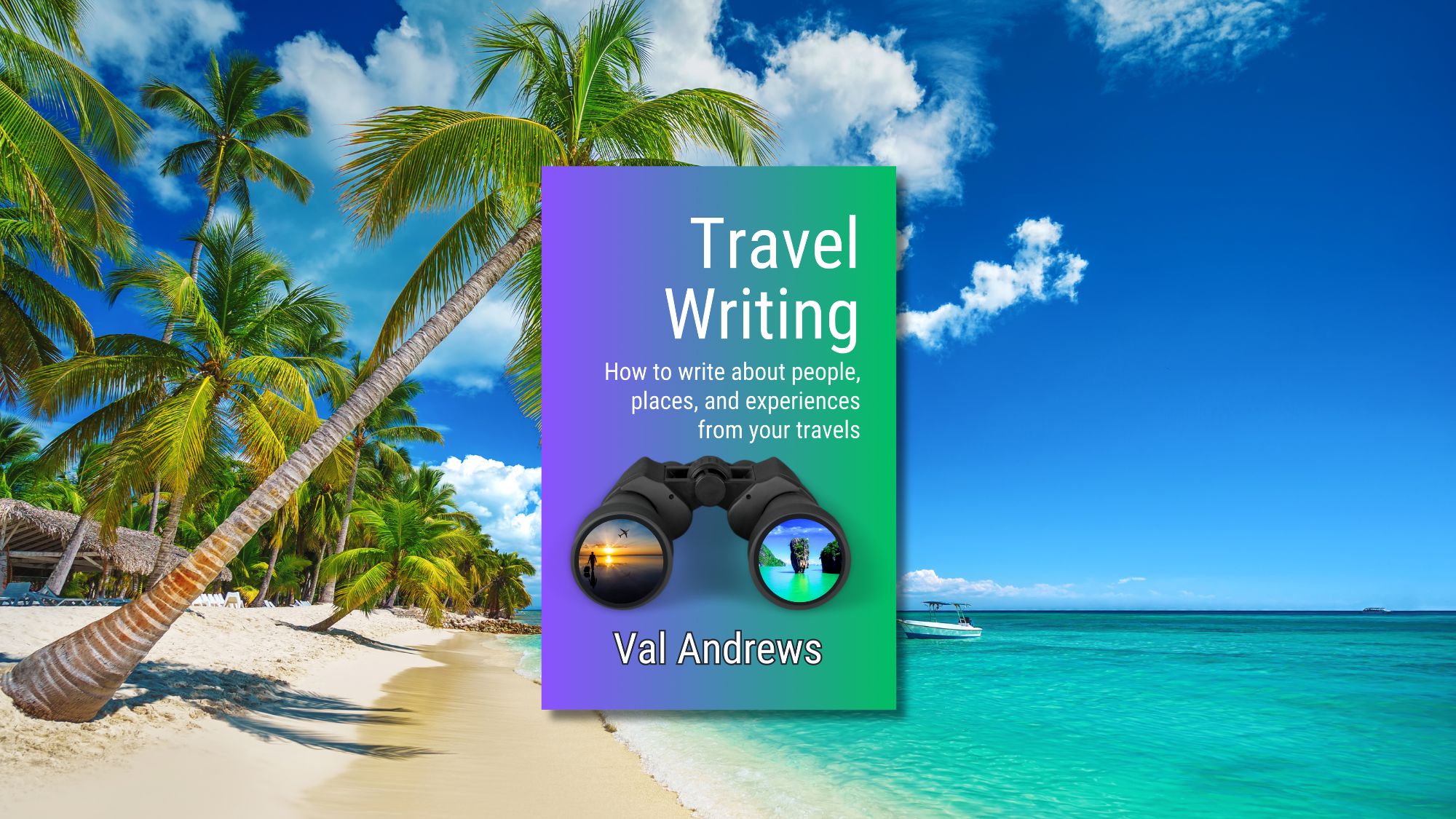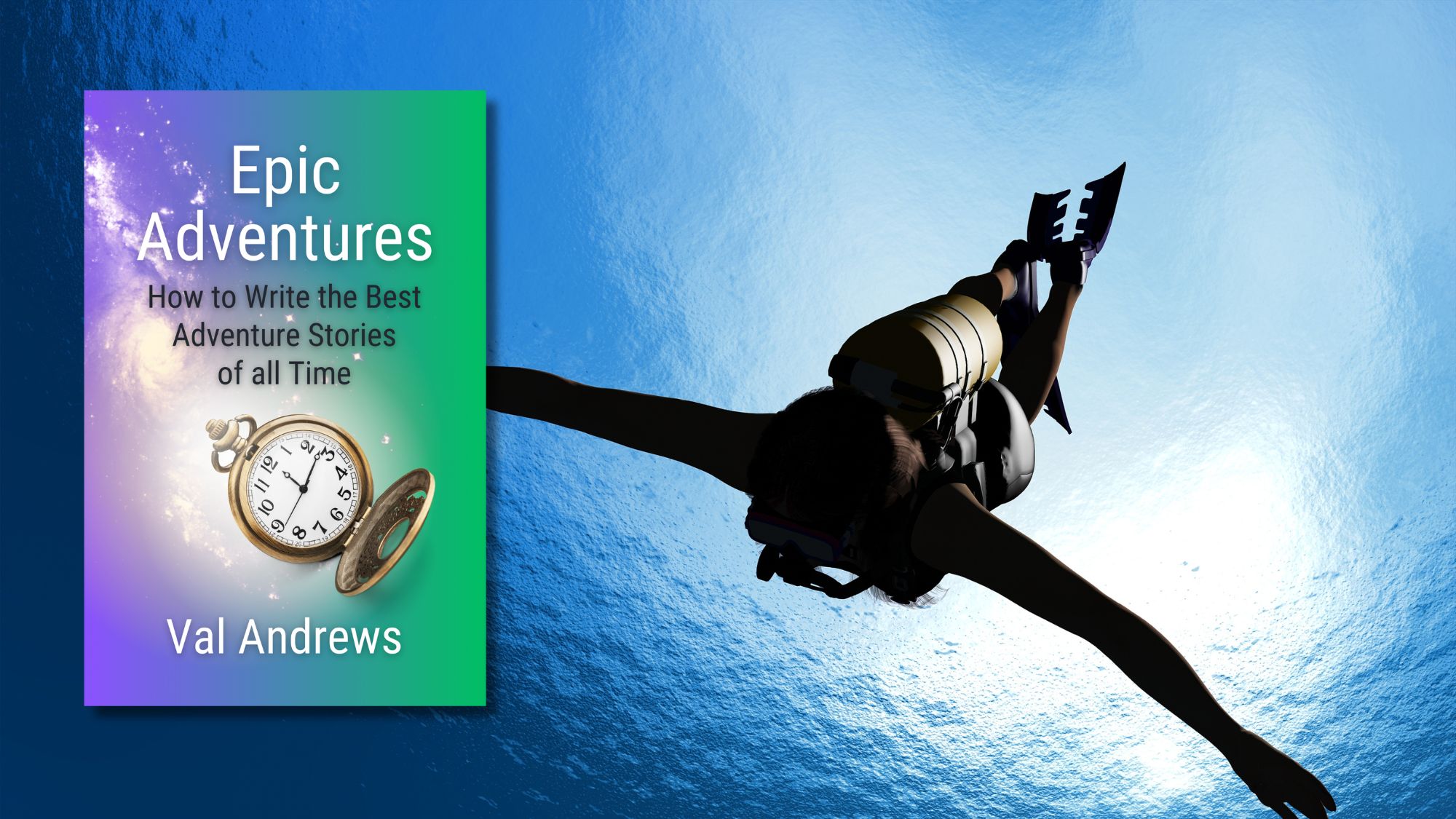
Have you ever felt the exhilaration of embarking on a thrilling adventure, either through the pages of a book or within the vast expanse of your imagination? The adrenaline, the unknown, the characters who become companions, and the worlds that unfold with every turn of the page.
Now, imagine having the power to craft such gripping tales that leave readers on the edge of their seats, hearts pounding with excitement and minds racing with possibilities. Welcome to Epic Adventures: How to Write the Best Adventure Stories of All Time, your ultimate guide to mastering the art of adventure storytelling. Here’s what you’ll learn from reading this book:
Deep understanding of the types of adventure stories
- Exploration and Discovery: Journey to uncharted territories and uncover hidden secrets.
- Fantasy Adventure: Create magical worlds filled with mythical creatures and epic quests.
- Historical Adventure: Immerse readers in past eras, bringing history to life with vibrant characters and compelling narratives.
- Mystery and Suspense: Craft intricate plots that keep readers guessing until the very end.
- Myth and Legend: Weave tales that echo the timeless themes and archetypes of folklore.
- Political and Social Commentary: Use adventure as a lens to explore complex societal issues.
- Science Fiction: Venture into futuristic worlds and the limitless bounds of human (and alien) potential.
- Survival Adventure: Test the limits of human endurance and spirit against nature’s might.
Each subgenre is meticulously analyzed, providing you with the characteristics, structures, and unique elements that define them. By understanding these nuances, you can tailor your stories to fit the mold or break the conventions in exciting ways.
Mastery of the the ‘Voyage and Return’ plot structure
This foundational framework consists of five phases:
- Anticipation and Fall: Introduce your protagonist and their ordinary world.
- Dream Stage: The adventure begins, and the protagonist is introduced to the new world.
- Frustration Stage: Challenges and obstacles start to arise.
- Nightmare Stage: The adventure reaches its most perilous point.
- Thrilling Escape and Return: The protagonist overcomes the final hurdle and returns transformed.
Mastery of literary devices
Great adventure stories are not just about plot; they’re about the craft of storytelling. Epic Adventures introduces you to 20 essential literary devices tailored specifically for the genre of adventure fiction. From foreshadowing and flashbacks to red herrings and unreliable narrators, these tools will add depth and complexity to your writing. With examples from over 70 critically acclaimed adventure stories, you’ll see these devices in action and learn how to apply them effectively in your own work.
The future of adventure storytelling
Adventure storytelling is evolving, and Epic Adventures will get you ahead of the curve. Explore emerging themes and trends such as environmentalism, technological integration, cultural diversity, post-humanism, and globalization. By incorporating these elements, your stories will resonate with contemporary audiences, reflecting the world we live in today and tomorrow.
Insights into your publishing options
Completing your manuscript is just the beginning. “Epic Adventures” offers invaluable advice on navigating the publishing world, whether you choose traditional or self-publishing routes. Learn how to polish your manuscript to perfection, craft compelling query letters, and market your book effectively.
Writing prompts and case studies
Some of the standout features of Epic Adventures are its detailed case studies, real examples from over 70 critically acclaimed adventure stories, and the writing prompts that have been designed specifically for people who write adventure fiction. These prompts will challenge you, push your creative boundaries, and help you apply the techniques you’ve learned.
Epic Adventures: How to Write the Best Adventure Stories of All Time is more than a guide. It’s your passport to crafting adventure stories that captivate, inspire, and leave a lasting impact. Whether you’re writing a sweeping fantasy epic, a nail-biting mystery, or a poignant social commentary, this book will give you the tools and inspiration you need to bring your stories to life. Download now and embark on the journey of a lifetime.
